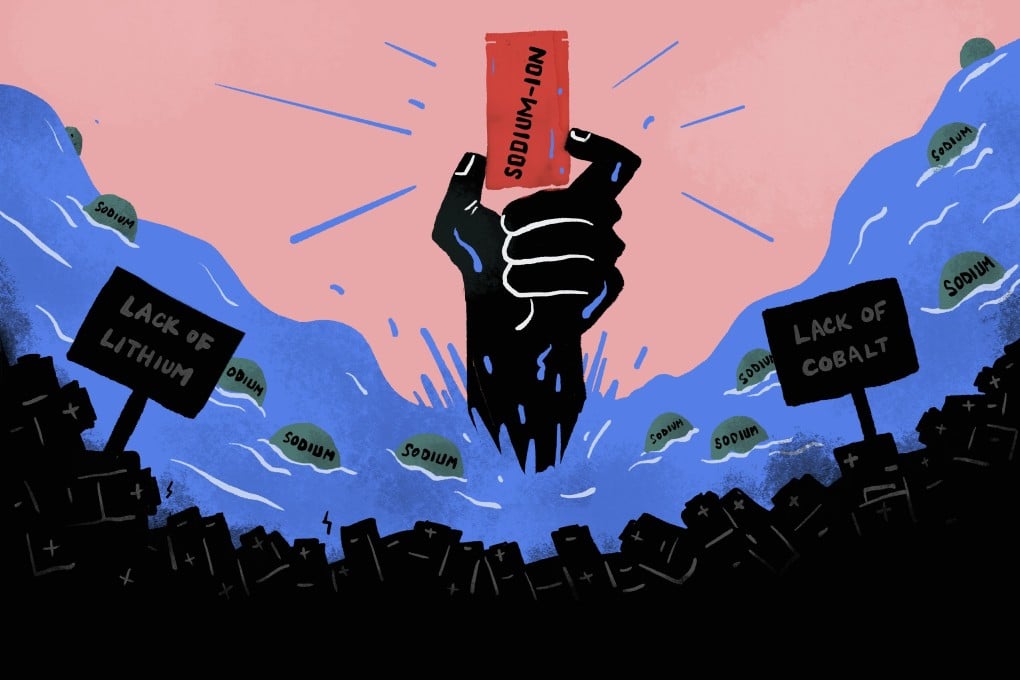CATL’s EV battery breakthrough holds promise as cost-effective, game-changing alternative the industry’s waiting for
- CATL makes rapid progress on sodium-ion batteries, improving the performance of the alternative technology to the mainstay lithium-ion batteries
- The commercialisation of sodium-ion batteries is still some time away, as it will take time to fine-tune products that are a viable option to lithium-ion, say analysts

The first of a three-part series on battery packs looks at the world’s largest producer CATL and how it occupies the apex of a technological revolution to assemble cheaper and more durable cells to power electric cars.
Ningde in southeastern China’s Fujian province, known primarily for its tea plantations, seldom rolls off the tongue in automotive circles or the technology industry.
But on a rainy Friday in late May, the city of fewer than 3 million people was the epicentre of a major technological breakthrough, one that could shake up the world’s supply of battery packs, giving China the technological and competitive edge in providing cheap and durable power source for driving electric vehicles.
“Some people [said] it would be hard to make breakthroughs in the chemistry of batteries, and that improvements can only be made in their physical structures,” Zeng told 170 of CATL’s biggest shareholders, including China Merchants Bank and Hillhouse Capital, during the company’s annual general meeting. “By using a high-throughput calculation platform and simulation technology … [we] continuously evolved and enabled sodium-ion batteries to enter the fast track to industrialisation.”

Zeng’s announcement was music to the ears of not only CATL investors, whose value has topped 1.2 trillion yuan (US$189 billion) with a 41 per cent jump in its stock price this year, but also makers of EVs, or new-energy vehicles (NEVs) as they are called in China.
